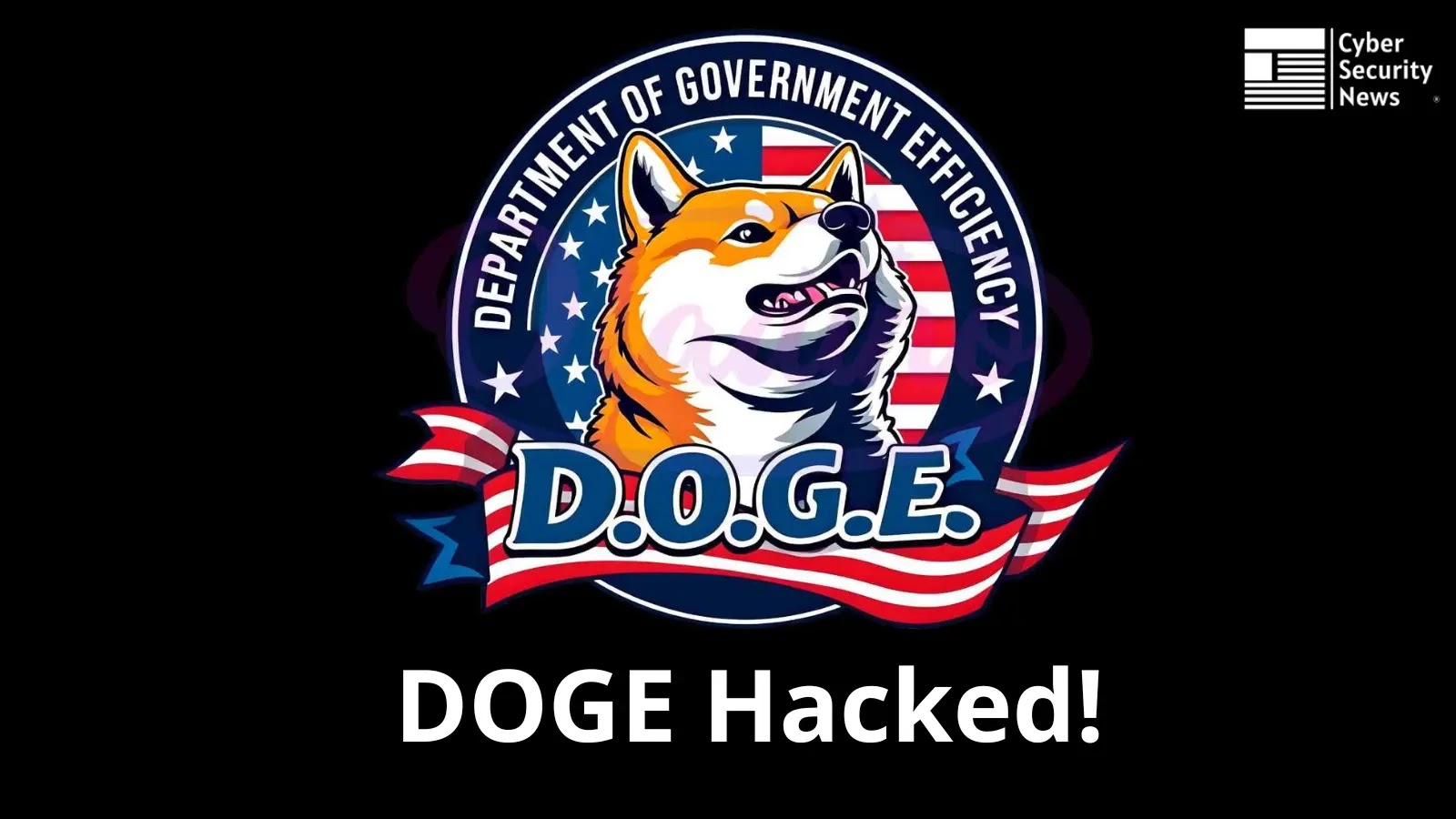Orchid Road, Lekki, Lagos.

The Common Vulnerabilities and Exposures (CVE) program, a globally recognized cybersecurity cornerstone, recently faced a funding crisis that almost disrupted its operations and sent ripples through the cybersecurity community. Here’s the detailed story of what happened, the key players involved, and what lies ahead for this essential program.
The Funding Crisis: What Happened?
On April 16, 2025, the CVE program came precariously close to losing its federal funding—a vital resource for its operations. Managed by the non-profit MITRE Corporation since its inception in 1999, the CVE program is pivotal in cataloging and standardizing cybersecurity vulnerabilities. It provides a consistent framework for governments, tech companies, and cybersecurity experts to identify, analyze, and address system vulnerabilities.
The trouble began when the U.S. Department of Homeland Security (DHS) and its Cybersecurity and Infrastructure Security Agency (CISA) delayed renewing MITRE’s contract. These delays were part of broader cost-cutting measures under the Trump administration, which had increased scrutiny on federal expenditures, including cybersecurity budgets.
As the expiration date approached, MITRE’s Vice President Yosry Barsoum issued an urgent warning to the CVE Board. He stressed that without renewed funding, the program’s collapse would have wide-reaching consequences: disruptions to vulnerability databases and security tools, uncoordinated responses to cyber incidents, and heightened risks to critical infrastructure.
Immediate Fallout and Community Outcry
The announcement of the funding cut ignited an uproar within the cybersecurity community. Experts compared the potential loss of CVE to removing the universal dictionary for vulnerabilities—a resource relied upon globally for mitigating cyber threats. Without it, organizations would face immense challenges in identifying security issues, leaving their systems more vulnerable than ever.
At the center of these concerns was the CVE Foundation, a newly formed non-profit established to safeguard the program’s future should federal funding be permanently withdrawn. Kent Landfield, a key figure in the Foundation, voiced the need to ensure the program’s independence and prevent similar crises from threatening its operations in the future.
The risk of losing CVE reverberated beyond the U.S. cybersecurity landscape. The European Union Agency for Cybersecurity (ENISA) also raised concerns about gaps in global vulnerability management, given its complementary efforts with its European Vulnerability Database (EUVD). The situation underscored the interconnected nature of global cybersecurity efforts—and how fragile they can be.
The U-Turn: A Last-Minute Save
Amid mounting pressure from industry leaders, policymakers, and public advocates, CISA intervened on the very day the funding was set to expire. In a dramatic eleventh-hour decision, CISA extended MITRE’s contract for an additional 11 months, temporarily securing the program’s future.
A CISA spokesperson described the CVE program as “invaluable” and reaffirmed its importance to the global cybersecurity community. The extension came as a relief to many but raised questions about its sustainability and whether the program’s funding model could evolve into something more stable.
This decision, while welcomed, was a short-term fix rather than a permanent solution. Discussions immediately began around how to ensure CVE’s long-term stability—possibly transitioning it to a non-profit model under the CVE Foundation’s stewardship.
Key Players and Their Roles
Several individuals and agencies played pivotal roles during this crisis:
- Yosry Barsoum: As MITRE’s Vice President, he raised the alarm early, highlighting the program’s critical importance and imminent risks.
- CISA: The federal agency that stepped in to save the program from closure by extending its funding.
- Kent Landfield: A prominent voice advocating for the CVE Foundation’s involvement, emphasizing the need for independence.
- Trump Administration: The cost-cutting measures under this administration indirectly led to the funding crisis.
Broader Context and Global Lessons
The crisis also brought attention to vulnerability disclosure and the necessity of global collaboration. ENISA’s efforts to expand its European Vulnerability Database highlight the growing demand for coordinated cybersecurity initiatives. While these efforts complement the CVE program, the funding scare showed how even robust systems can be threatened without consistent support.
It’s clear that vulnerability management and disclosure systems, like CVE and EUVD, are integral to protecting our interconnected digital world. They enable fast identification of security risks, coordinated responses, and the effective mitigation of emerging threats.
What’s Next for CVE?
The CVE program is safe for now, but the 11-month extension is a temporary measure. The long-term future hinges on creating a sustainable funding model. The CVE Foundation aims to transition the program into a fully independent non-profit structure, reducing reliance on federal funding. This move could solidify the program’s stability while preserving its essential services for the global community.
During these next 11 months, critical stakeholders—including governments, tech companies, and cybersecurity organizations—must collaborate to prevent future funding crises. This period will also be an opportunity to explore alternative funding mechanisms, such as public-private partnerships.
Conclusion: A Wake-Up Call
The CVE funding crisis serves as a stark reminder of the vital role cybersecurity programs play in safeguarding digital infrastructure. While the immediate threat has been averted, the episode highlights the need for sustainable models and robust global cooperation to ensure the long-term viability of such initiatives.
As cybersecurity threats continue to evolve, the lessons from this crisis could shape new strategies for vulnerability management, ensuring programs like CVE remain pillars of protection for years to come. With collaboration and foresight, the global community can turn this moment of uncertainty into an opportunity for innovation and resilience.







Leave A Comment